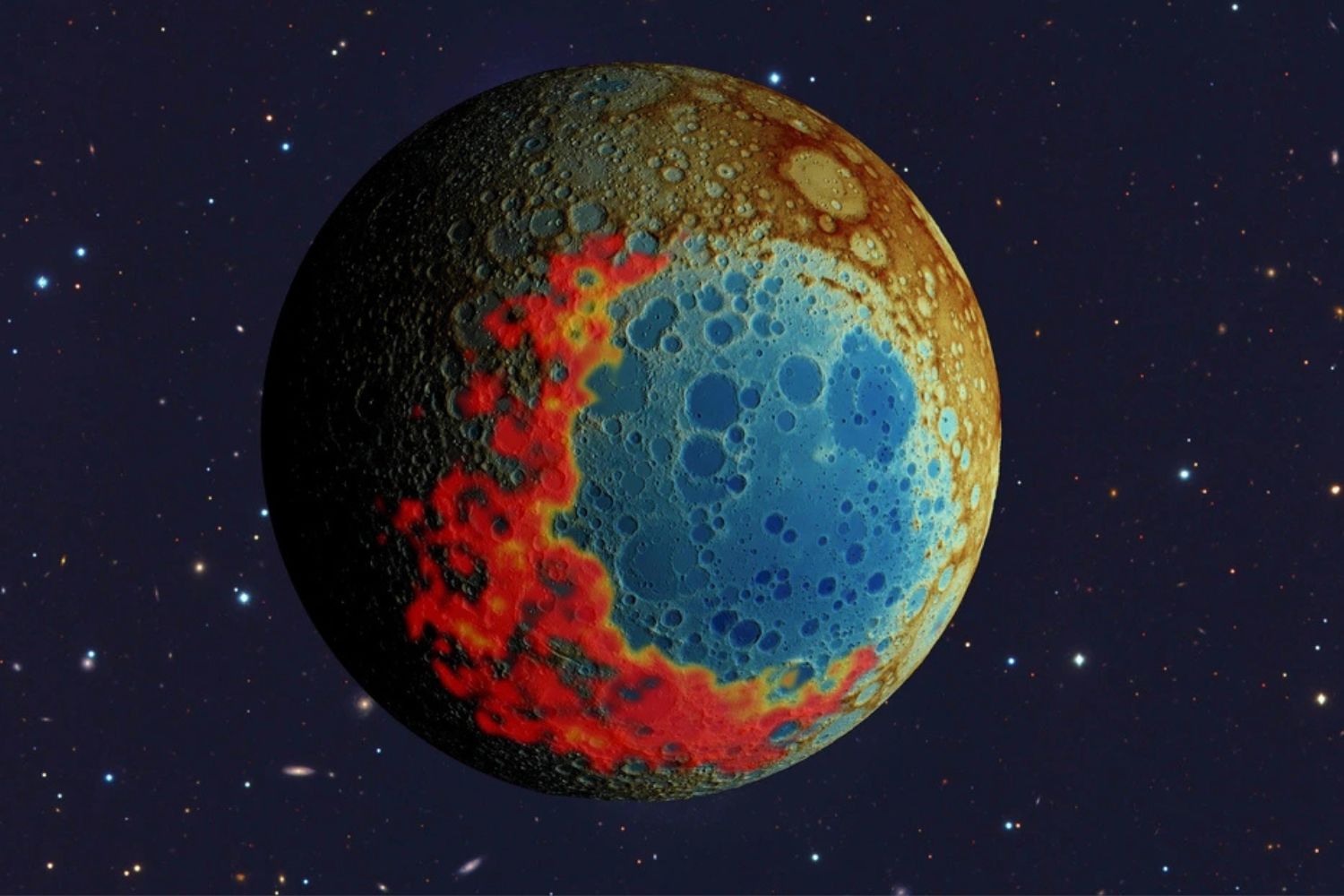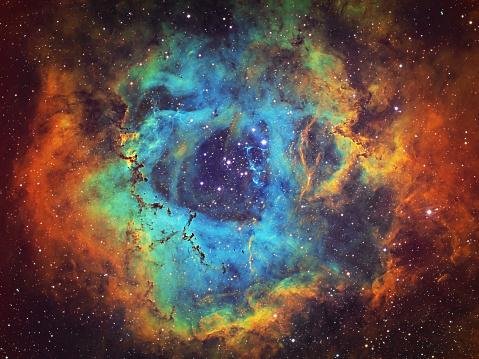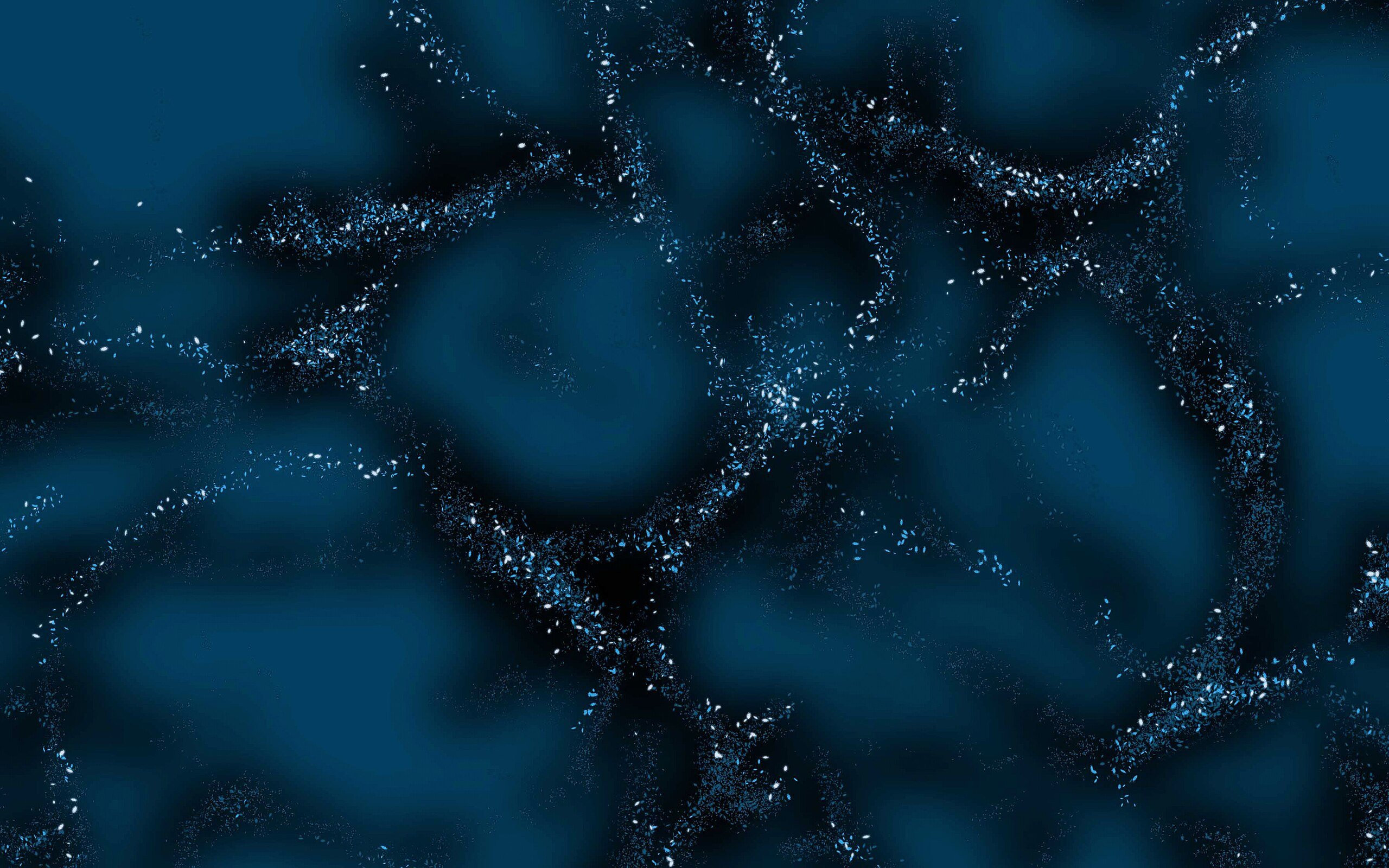every week, Technology World and #AstroMiniBR brings together five relevant and entertaining astronomical curiosities produced by collaborators. twitter profile To spread the knowledge of this science, which is the oldest!
#1: Where do the atoms that make up the universe come from?
Periodic table and cosmic origin of chemical elements:
?? Big Bang Fusion
?? Death of low-mass stars*
?? Gigantic starburst*
?? Cosmic Ray Fission
?? neutron star merger
?? white dwarf explosion(c) Jennifer Johnson#AstroMiniBR pic.twitter.com/m4jdoKyThU
– Ana Carolina Owner (@astroposses) March 2, 2023
As we learned in school, the periodic table is a model created to organize and group all the chemical elements discovered by humans. It is structured to arrange elements known by their atomic number, which is the number of protons in each atom of the element.
In the version shown in the image above, the periodic table takes on a new concept and illustrates our current understanding of how each element found on Earth was originally produced in the Universe. If you look closely, most of them have cosmic origins: some elements were created billions and billions of years ago, shortly after the Big Bang, while others were made during the evolution of stars.
When we recognize this cosmic origin, we understand the famous quote of the famous astronomer Carl Sagan: “The nitrogen in our DNA, the calcium in our teeth, the iron in our blood, the carbon in our apple pie; the inside of collapsing stars. We are made of stardust.”
#2: And speaking of stardust…
stars create a spectacle when they die as well as produce chemical elements inside them.
here Cassiopeia Silicon ??, Sulfur ??, Calcium ?? A supernova remnant in different X-ray bands showing the emission of its elements. and Iron ??#AstroMiniBR + pic.twitter.com/W17VY5O2dC
— yanna martins franco (@martins_yanna) March 3, 2023
In the cosmos, massive stars live incredible lives and end them magnificently. The animation you see above, made using a combination of X-rays and optical filters, shows the expanding cloud of debris known as Cassiopeia A as an example of the final stage of such a star’s life cycle.
Astronomers believe that the light from the explosion that created this supernova remnant was first seen in Earth’s sky about 350 years ago, although it took about 11,000 years to reach us since it first radiated into space.
Colors in the animation are added computationally, highlighting the chemical elements in the filaments and knots of dust and gas that are still hot in the residue. These filaments span an estimated distance of about 30 light-years and are still expanding.
At the center of the animation, you can see the faint, whitish glow of the neutron star: the incredibly dense, collapsed remnant of the original star’s massive core.
#3: What does Jupiter look like in infrared?
The most common images of Jupiter are in optics and they’re already amazing.
But when we open ourselves to other parts of the light, we can be surprised.Jupiter rotates in the infrared. We can see that she has rings too!#AstroMiniBR (c) IRTF/NASA pic.twitter.com/QrI14UEfhN
– Ana Carolina Owner (@astroposses) February 28, 2023
The infrared image of Jupiter is surprising, not only because of its completely different colors than what we’re used to, but also because it offers something almost invisible in optical light lengths: the gas giant also has rings.
However, unlike Saturn’s bright rings made up of chunks of ice, Jupiter’s rings appear to be darker and composed of fine rock particles. In addition to Jupiter’s rings, two of its largest moons are also visible, with bands and speckles in the outermost layers of its atmosphere. The origin of Jupiter’s rings is unknown, although the hypothesis is that they were created by material dispersed by meteorite impacts on Jupiter’s moons.
#4: Vera Rubin Observatory
“Have you discovered any galaxies yet?”
A lot of people ask me this, but projects like below @VRubinObs several billion galaxies will observe!
So the point is not to discover new objects, but to understand the physics behind the observations. ?? #AstroMiniBR pic.twitter.com/TYi3gRVBgT
— Thiago S Gonçalves (@thiagosgbr) February 27, 2023
The Vera C. Rubin Observatory, one of the most advanced astronomical observatories in the world, is under construction in Chile. Its main task will be to conduct unprecedented astronomical research. Ancient Investigation of Space and Time (LSST), to study the deep Cosmos.
LSST will provide a 500 petabyte set of images, and the resulting data products will answer some of the most pressing questions about the structure and evolution of the universe and the objects in it. The Vera Rubin Observatory’s main focuses can be summarized in four scientific areas: investigating dark energy and dark matter; an inventory of the solar system; Explore the optical sky and map the Milky Way.
#5: The largest radio telescope on the planet!
The world’s largest radio gyro
The world’s largest telescope is FAST, located in China, with a diameter of 500 m (4.2 Maracanã area ??).
It opened in early 2020 and is dedicated to studying radio light from astronomical objects.#AstroMiniBR pic.twitter.com/DsaLWKY9Ib
– Ana Carolina Owner (@astroposses) February 28, 2023
Five Hundred Meter Aperture Spherical Telescope (FAST) Five-hundred-meter Aperture Spherical Telescope) is a radio telescope located in Dawodang, southwest China. It is the largest radio telescope on the planet and consists of a fixed 500 meter diameter dish built into the natural depression of the local landscape.
FAST, whose construction started in 2011, made its first light observation in 2016 and became fully operational in the following months. Its main scientific goals include the study of pulsars, the detection of interstellar molecules, and the search for molecular hydrogen.
Source: Tec Mundo
I’m Blaine Morgan, an experienced journalist and writer with over 8 years of experience in the tech industry. My expertise lies in writing about technology news and trends, covering everything from cutting-edge gadgets to emerging software developments. I’ve written for several leading publications including Gadget Onus where I am an author.












